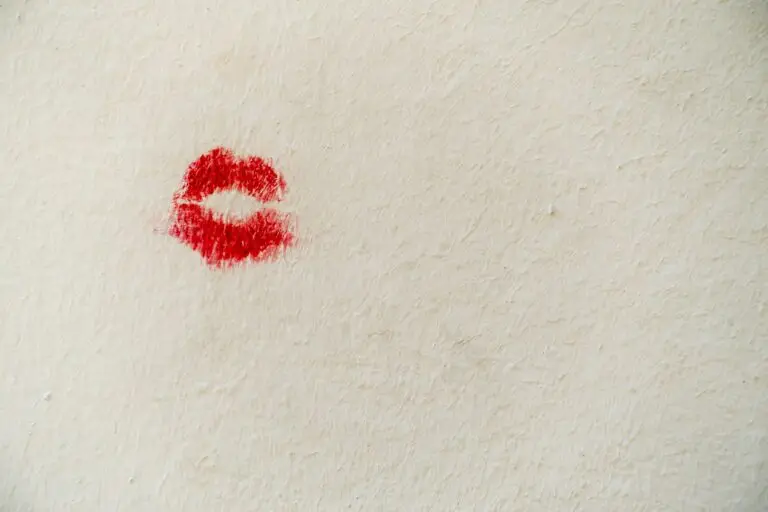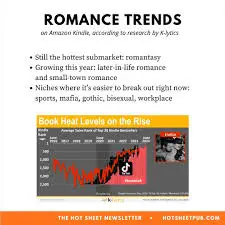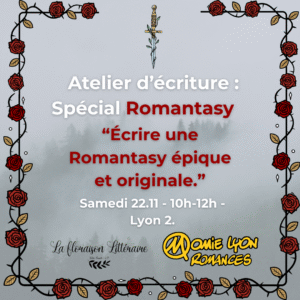« Hello, dear English-speaking readers! As you may have guessed, I am an French writing teacher. This article was translated by me, and if there are any minor mistakes or inconsistencies, I apologize and assure you that I put my whole heart into this article! »
Lolita. –
Romance represents 39% of book sales in the American literary market and 7% of the French market. Its THE literary subgenre that has been steadily increasing over the past five years.
But what exactly is this subgenre, which is both widely adored and heavily criticized in France and abroad?
In this comprehensive dossier, you will find an in-depth analysis of the genre centered on love and human connections, enriched by insights from industry professionals. Laura, a bookseller specializing in romance at one of the only dedicated romance bookstores in France, 9e Quai Romance; Leslie Murphy, the creator of the famous American blog “She Reads Romance Books”; and finally, Kirsty Boyce, a bestselling American author of YA romance, known for her novel Dungeons & Drama, have all agreed to answer my questions to deepen our understanding of the genre!
Romance: What Is It, Really?
First and foremost, it is important to explore the origins of this literary subgenre. The primary objective of a romance novel can be defined as follows: a plot that primarily revolves around the development of a romantic relationship between two or more protagonists.
While subplots (tropes) can enrich these narratives, the heart of their creation lies in the evolving relationships of the characters, centered around the themes of connection and emotion.
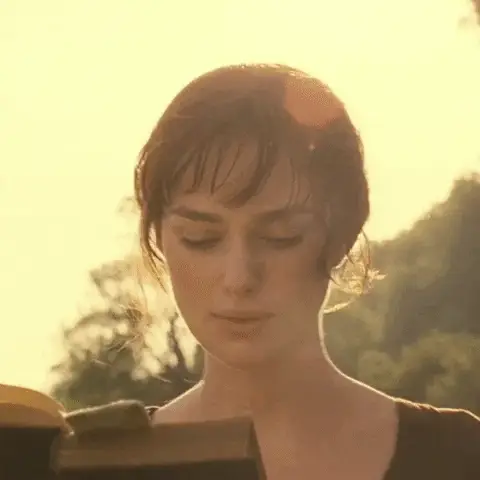
One of the earliest and most influential romance novels perfectly embodies this dynamic: Pride and Prejudice (1813) by Jane Austen.
This novel, which has sold over 20 million copies worldwide, follows the journey of Elizabeth Bennet, who refuses to marry for convenience, while she encounters the disagreeable Mr. Darcy. Their initial resentment gradually transforms into more delicate emotions. Prejudices and misunderstandings slowly give way to attachment.
If this first novel of « manners » inspired the origins of this literary subgenre among other poetic authors such as Samuel Richardson and Kathleen Woodiwiss, it is interesting to note that the term « romance, » as a literary subgenre, is not defined in the French Larousse dictionary. This initial disparity may foreshadow the difference in reception of this subgenre in France compared to US or UK, where its status is more thoroughly analyzed.
"A story about love."
Cambridge Dictionnary
Over time, romance and its conventions have evolved rapidly, transitioning to more modern narratives and blending with different literary subgenres. A prime example of this shift emerged in 2005 with Stephenie Meyer’s Twilight saga, which merges romance with the paranormal. Today, romance draws inspiration from contemporary society (contemporary romance), as seen in The Love Hypothesis by Ali Hazelwood, or delves into the fantasy subgenre with romantasy, a trend that has gained immense popularity in recent years with titles such as ACOTAR by Sarah J. Maas or The Cruel Prince by Holly Black. I will discuss the 2024-2025 romance trends further in this article.
The core elements of a romance novel can be defined as follows:
- A central theme that justifies the development of the protagonists’ relationship. This is where tropes come into play: a shared workplace, a common sport, a mutual fantastical goal… Something must connect the protagonists (even mutual annoyance) and serve as the foundation for their evolving attachment.
- Naturally, phases of tension and seduction.
- Depending on the target audience, potentially erotic or spicy scenes. (These are by no means mandatory in romance and are included only in specific, well-defined novels!)
- A happy ending. (I know what you’re thinking—does a happy ending really have to be mandatory? The consensus is that, in the vast majority of cases, romance readers prefer a story that ends well. This doesn’t necessarily mean an explosion of glitter and dolphins in the background, but rather that the reader feels reassured, knowing that the protagonists will ultimately find a way to be together before the novel concludes.)
Now that we have a clear understanding of what defines this major literary subgenre, let’s explore its rise in popularity among a devoted and ever-growing readership.
Why is romance so popular?
To answer this question, I had the opportunity to interview the three experts introduced at the beginning of this article. I asked them what they believe makes a good romance novel:
“For me a “good romance” is a book that is the entire package meaning it not only has spectacular writing, but one that has an engaging storyline that pulls you into the pages, has fantastic character development and of course a sweeping love story and happy ending that you think about long after reaching “the end.” So many of my favorite romance authors make this look easy, but when you read a mediocre book that may be lacking in one of these areas, you realize that is not the case.”
Leslie Murphy - Literary blogger (She Reads Romance Books)

"For a good romance novel, the subject needs to be solid (e.g., if it’s a biker romance, but the book lacks proper motorcycle terminology, it won’t feel authentic). I appreciate when there’s a minimum of research behind it. Then, tension is essential—it’s crucial for the romance to build up gradually. And above all, which I believe is the heart of romance, there must be emotion! Finally, if there’s humor and well-crafted wordplay, it’s a winner!"
Laura - Bookseller at 9e Quai Romance.
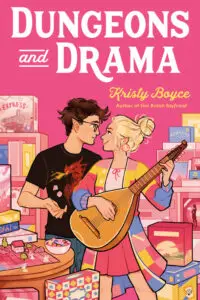
“Some of the most important elements of a good romance are tension and chemistry. As readers, we need to see the couple together so we understand how great they are together, but we also need to worry about whether they will actually be able to stay together at the end.”
Kristy Boyce -Bestselling author of Dating and dragons
These three unique responses highlight how attentive the readership of this subgenre is to the established conventions of romance. Speaking of readership—let’s talk about it!
In a study published in 2024, Babelio reported that the average romance reader is primarily female, aged between 25 and 35 (85.9%). The same study also revealed that readers are drawn to romance novels for the opportunity to escape into another world or to experience deep emotions through the genre.
It is important to emphasize the impact of readers’ age on each romance novel. As a diverse genre, romance can be tailored to a young adult audience just as much as to a more mature readership. The genre’s conventions, therefore, evolve accordingly. For example, the sensuality of certain romance scenes may not be suitable for a teenage audience. This factor requires authors to adapt their plots accordingly:
“At least for my readers (I write for the "young adult" or teen market), they are more interested in the development of the relationship. In fact, my characters often only get together at the very end of the book. Most American romance novels that I read are similar--the majority of the book is about the development of the relationship and watching the couple overcome obstacles in order to find their way to each other.”
Kristy Boyce explains this impact on her teenage readership.
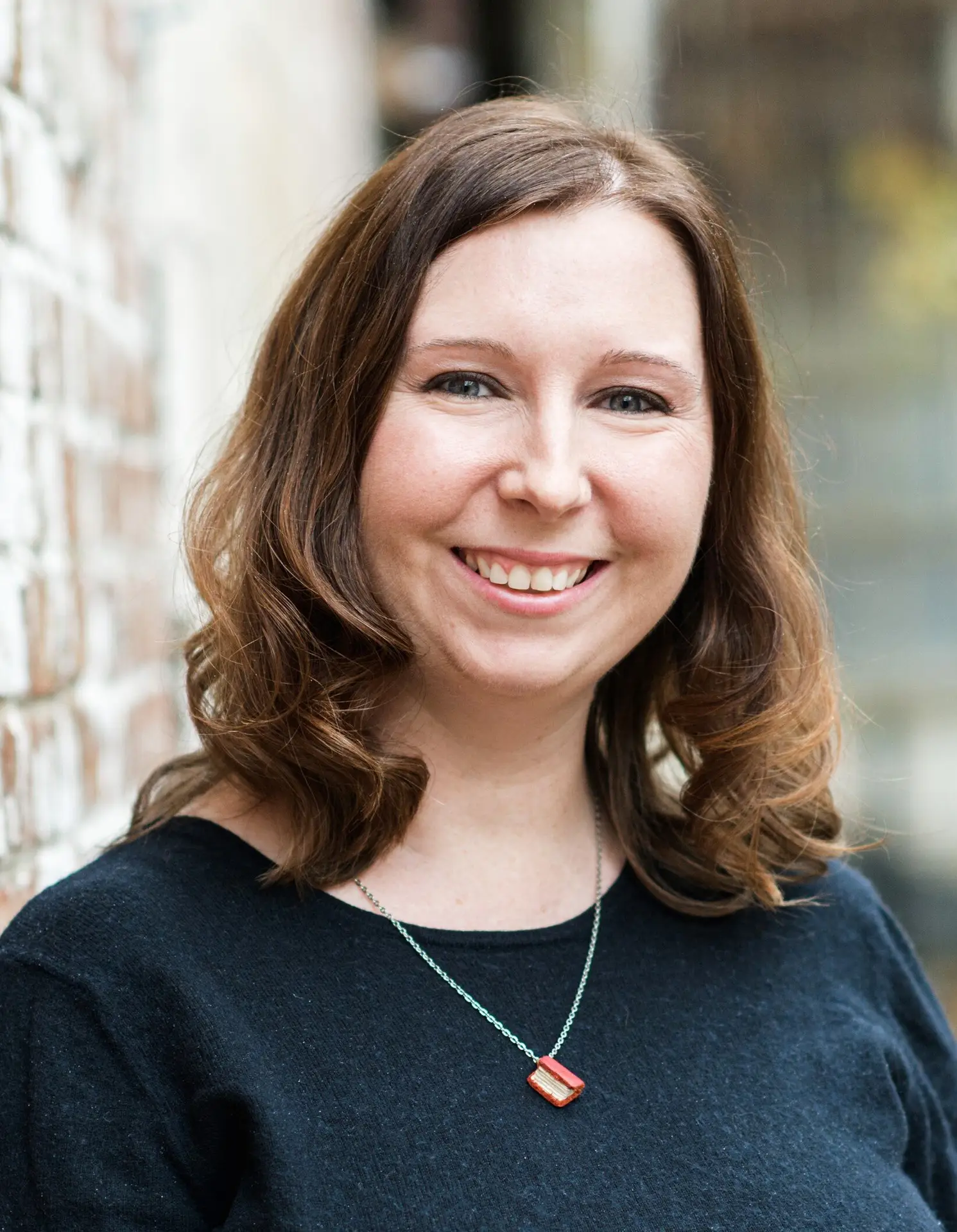
The vastness of the romance genre allows readers to adjust the tone, atmosphere, and setting of their readings according to the “tropes” and commercial subcategories of the genre, such as: New Romance, Romantasy, Paranormal Romance, Erotic Romance…
Leslie Murphy also highlights this adaptability as one of the genre’s strengths:
"I find myself enjoying romance books that have strong character development which give you a look into the psyche, motivations and feelings of the character. But that doesn’t mean that I can’t also enjoy a fun romance that is light on character development and just gives a sweet love story. I love that I can find whatever I’m in the mood for with the variety of the genre….One of the greatest strengths of the romance genre is the variety it offers readers – whether you like dark romance, monster romance, historical romance, closed or open door romance – there’s something for everyone including a vast number of romance tropes used in books.”
Leslie Murphy - Literary blogger (She Reads Romance Books)
The heart of romance, nourished by our emotional capacities that bind us as human beings, is important to perceive outside of “cheesy novels.” Readers engage with romance to better understand the world around them, to gain insight into how society evolves, and to explore how we manage to live together. I firmly believe that romance is one of the literary subgenres best able to adapt to societal changes and expectations.
So, how can we observe the latest trends and expectations in romance in 2025? 🔎
The trends in 2025 in romance:
The evolution of the genre usually revolves around the different « tropes » (sub-themes) that readers seek in romance. As carefully analyzed by Jane Friedman in August 2024, the sub-theme of « Romantasy » which blends elements of Romance and Fantasy, was on the rise. Likewise, there has been a clear increase in the prominence of eroticism within the genre.
According to Laura, customer demands in bookstores have also evolved towards more specific sub-themes:
"Dark romance and romantasy are clearly taking the lead, as well as tropes like 'enemies-to-lovers' and university romances."
Laura -Bookseller at 9e Quai Romance
For Leslie, the increased interest in romance can also be explained by the significant role this subgenre plays on literary social networks such as « booktok » or « bookstagram, » with bloggers dedicating themselves solely to literature on Instagram or TikTok :
“I think social media has helped to normalize this love of variety in romance because readers can find others who share the same enjoyment for a particular theme or trope. Monster romance and dark romance as I mentioned have both gained popularity in recent years. I love that we have also seen a rise in romance books written by and featuring LGBTQ+ characters. Romantasy books are also becoming increasingly popular in recent years, blending elements of fantasy with a central love story. I don’t think this theme or category of romance is going away any time soon.”
Leslie Murphy - Literary blogger (She Reads Romance Books)
These trends, in addition to quickly evolving the genre, also require authors to successfully adapt their projects and literary knowledge accordingly, as Kristy explains to us:
“One thing I've noticed is that some readers are moving away from the "3rd act breakup", which is usually a standard element of these books. I've seen them asking for different plotting where the couple never breaks up, but instead has to face a different struggle together at the end of the book.”
Kristy Boyce -Bestselling author of Dating and dragons
While romance continues to grow, it must constantly prove itself within the literary world, year after year.
Debates about the subgenre:
Long referred to as « bodice-ripper » or « Chick Lit, » meaning « Literature for little hens, » romance not only has to battle many clichés but also face a literary elitism that challenges its credibility when it comes to being taken seriously. A study conducted by the University of Toronto (2019) « revealed that 68% of literary critics judged this genre as being of ‘low quality.' » . [source]
“The romance genre definitely has had to defend itself here in the United States but I’m hoping that is slowly changing given its rise in popularity in recent years. Romance has always been a well-read genre, but more people are talking about their love of romance books online, on social media and in other community spaces so that is helping to de-stigmatize the genre. I think many of the people who still dismiss it are those who haven’t read any current books and make those comments simply based on the traditional romance book covers of the past. Just because a book has a guaranteed happy ending doesn’t make it “cheesy” or less than any other genre.”
Leslie Murphy - Literary blogger (She Reads Romance Books)
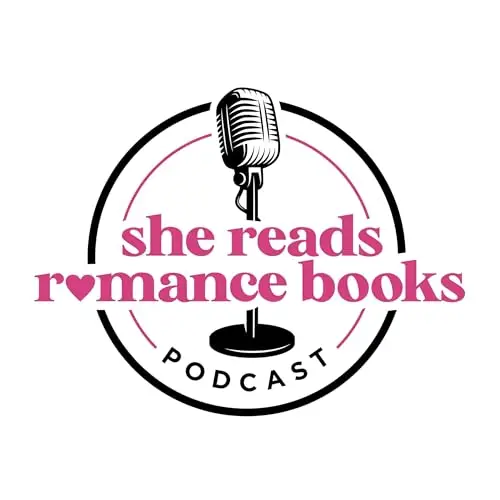
“Regarding the overall view of romance, there are many different opinions when it comes to discrediting the genre (train station novels, housewife novels, modern Harlequin, etc.). But in no case does this justify the sex scenes. Romance tackles current issues, societal topics through love stories, denounces deviant or toxic behaviors, harassment, domestic/partner violence, trauma, and so on."
Laura - Bookseller at 9e Quai Romance
“On the one hand, there are absolutely people who dismiss this genre. Often it seems to be dismissed because the novels are primarily written and read by women, and there are many people who are quick to dismiss anything that women enjoy. At the same time, the romance genre is massively popular in America. It is one of the highest selling genres and continues to grow.”
Kristy Boyce -Bestselling author of Dating and dragons
The rise of more intense or niche sub-themes, such as « Dark Romance, » which is defined as romance with darker themes and written specifically for an adult, mature, and informed audience, has sometimes led to the idea that sexuality is a mandatory element in manuscripts. :
"I don't think spicy scenes have become a requirement, and I regret a bit that they have to be included for the story to work. There are very good novels where the tension is well-built without needing explicit scenes. (e.g., Heartless Hunter)."
Laura - Bookseller at 9e Quai Romance
For Leslie, discrediting the role of sexuality in the genre is also another reason to criticize the literary genre itself, rather than the narrative purpose these scenes can represent. :
“Sex is somewhat normalized on television so why it’s not normalized in a book is baffling. It’s part of the human experience and that is ultimately what romance books explore – human connection, communication and relationships and sex is a part of that landscape. I don’t see people discrediting thrillers as books to justify murder so why should romance books be singled out for something that might or might not be a part of their work?”
Leslie Murphy - Literary blogger (She Reads Romance Books)
While it is important to stay informed about the current trends in the literary subgenre we read or write, it is also crucial to keep in mind that despite the challenges romance may face in the public eye, the interest in this literary subgenre is only growing! It has even become the most-read subgenre in the United States! In my view, it is important not to stigmatize or classify literary subgenres. Each has its place on a bookstore shelf and each has its own readership. None deserves to be considered « inferior » to another.
Advice for romance writers:
Finally, if you are an aspiring romance writer or are considering starting, here are some valuable tips from the contributors of this article that could help you:
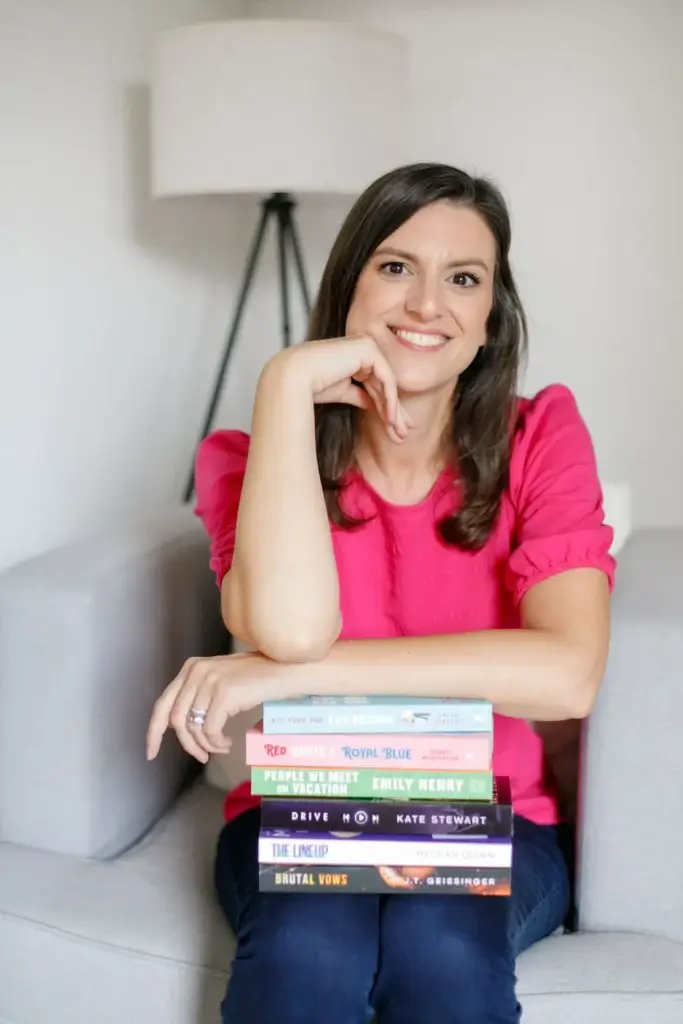
“Many authors are now providing trigger warnings at the beginning of their books to make readers aware of any potential themes in their work that someone might not want to read about given their own personal experience. I personally love that authors do this for readers as I’ve read New York Times bestselling fiction in the past that turned out to have themes of abuse and other triggers that I typically steer clear of but didn’t know about beforehand and it ruined the experience for me. I would not have picked up that book if I had known but only romance authors do this to my knowledge.”
Leslie Murphy - Literary blogger (She Reads Romance Books)

“This is simple advice, but read current books in the genre. You can learn a lot about what "works" and what doesn't just by reading widely!”
Kristy Boyce -Bestselling author of Dating and dragons

"I would like to see more attention given to writing styles and vocabulary. From a global perspective, I would like to observe more meticulous work from publishers."
Laura - Bookseller at 9e Quai Romance
Acknowledgments:
I warmly thank Kirsty Boyce, author of Dungeons & Drama and Dating and Dragons, for taking the time to speak with me in the midst of her new novel’s release, which has now become a New York Times Bestseller! I am deeply grateful to Leslie Murphy for offering us a clear and detailed vision of romance in the United States, thanks to the knowledge gained from her relevant work on her blog She Reads Romance Books! I also thank Laura for helping expand the importance of the genre in France, as well as for her warm and insightful welcome at the 9e Quai Romance bookstore! Lastly, I thank everyone who read this article and entrusted me with their time during this moment!
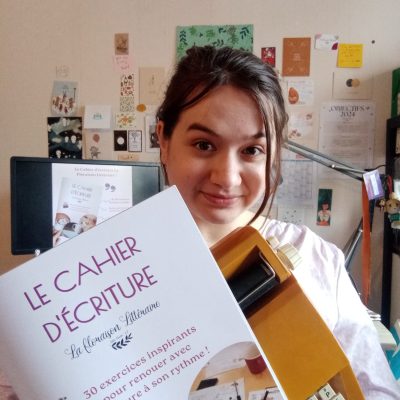
Who is La Floraison Littéraire ?
For over two years, Lolita, the creator of La Floraison Littéraire, has been offering fiction writing workshops to help writers reconnect with their writing and creativity. She is also a fiction writing instructor in the Lyon area and supports aspiring authors with their projects through annual classes and personalized coaching. Always in search of new knowledge, La Floraison Littéraire has notably attended Anglo-Saxon fiction writing courses.
- As a reminder, except for the sources explicitly cited, this article is the exclusive property of La Floraison Littéraire. The statements of the contributors were collected by me; please do not copy or reproduce the content of this article without my permission. Lolita.
- All the illustration photos shown belong to their original authors.

